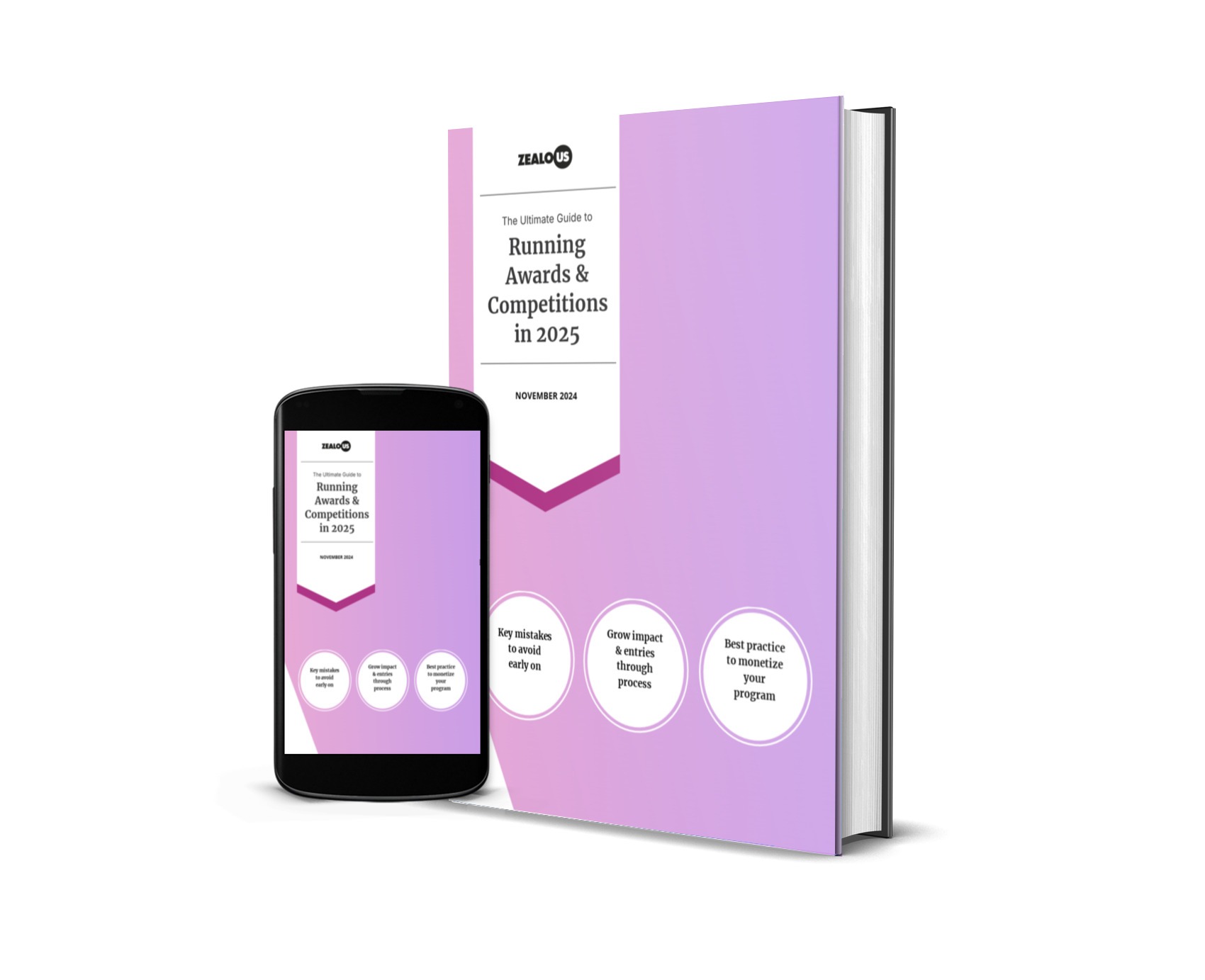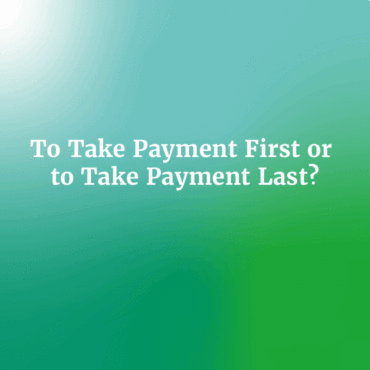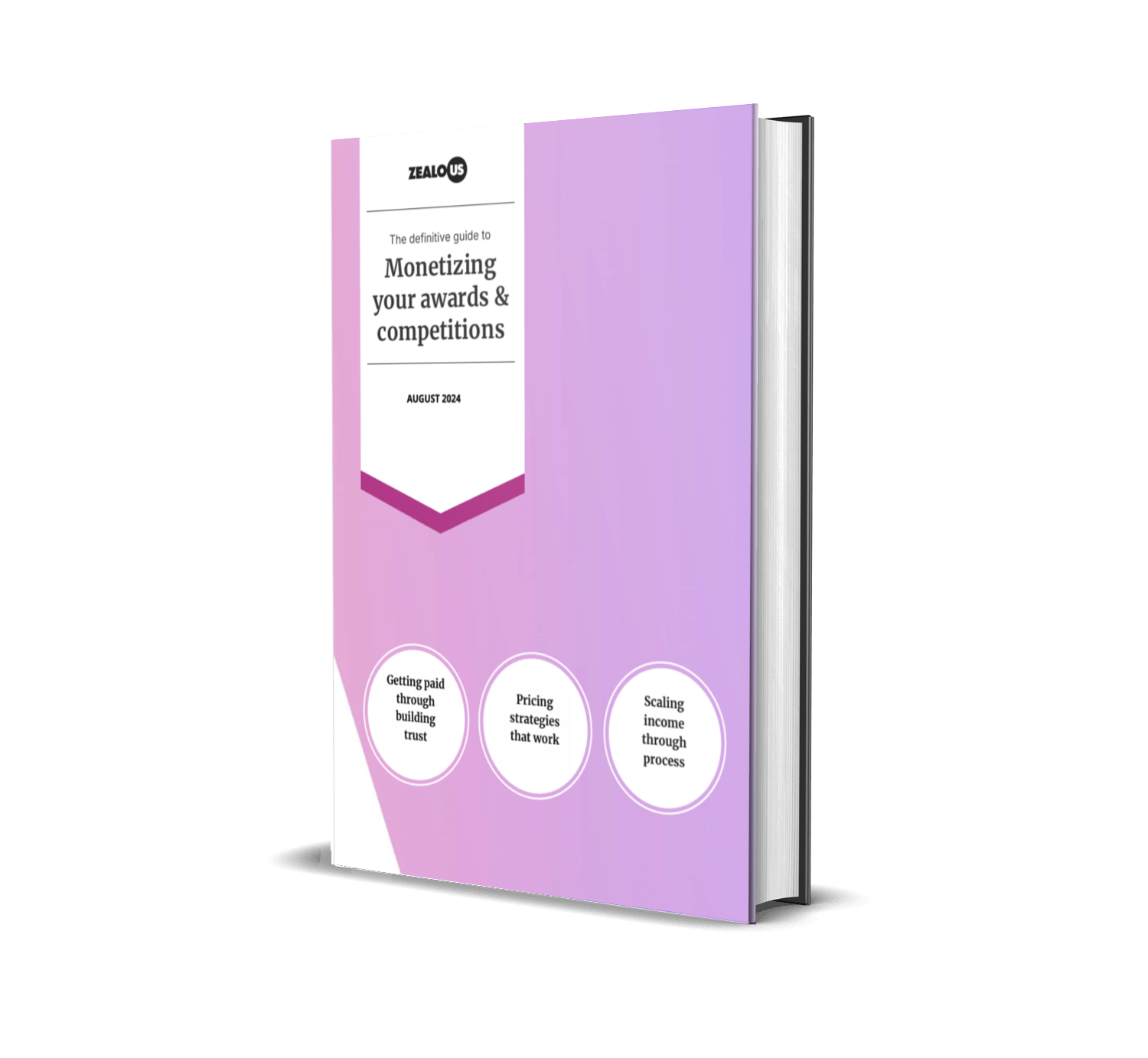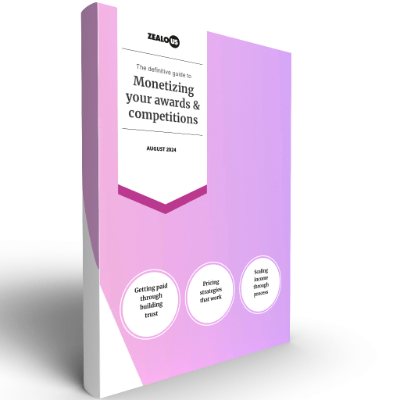As we step into 2025, the creative sector stands at the crossroads of innovation, resilience, and uncertainty. Shaped by global socio-economic challenges, technological advancements, and shifting cultural priorities, the opportunities landscape for creatives is evolving rapidly. Here are our key predictions shaping the year ahead.
1. More ‘Real’ Relationships in a Tech-Driven World
As AI and automation continue to redefine the creative sector, the importance of ‘real’ relationships will only grow. With the increasing presence of bots and algorithm-driven interactions, creatives and audiences alike will seek genuine connections with those they trust—organisations and individuals that align with their values and provide authentic engagement.
In this evolving landscape, organisations will need to create deeper, more transparent relationships by sharing human stories behind creative projects. Creators will also become more selective about where they invest their time and resources, preferring opportunities from trusted sources and those recommended through word-of-mouth. With so much information available and limited resources, the ability to engage in meaningful and personal ways will become a key differentiator for organisations.
For example, Loewe Foundation shared Instagram clips of studio tours from their Craft Prize 2024 finalists, showcasing themes like inspiration, technique, heritage, process, materiality, and nature.
Food for Thought: How can your organisation build trust-based relationships with your community to create deeper engagement? Read more on how to increase submissions to your award through trust here.
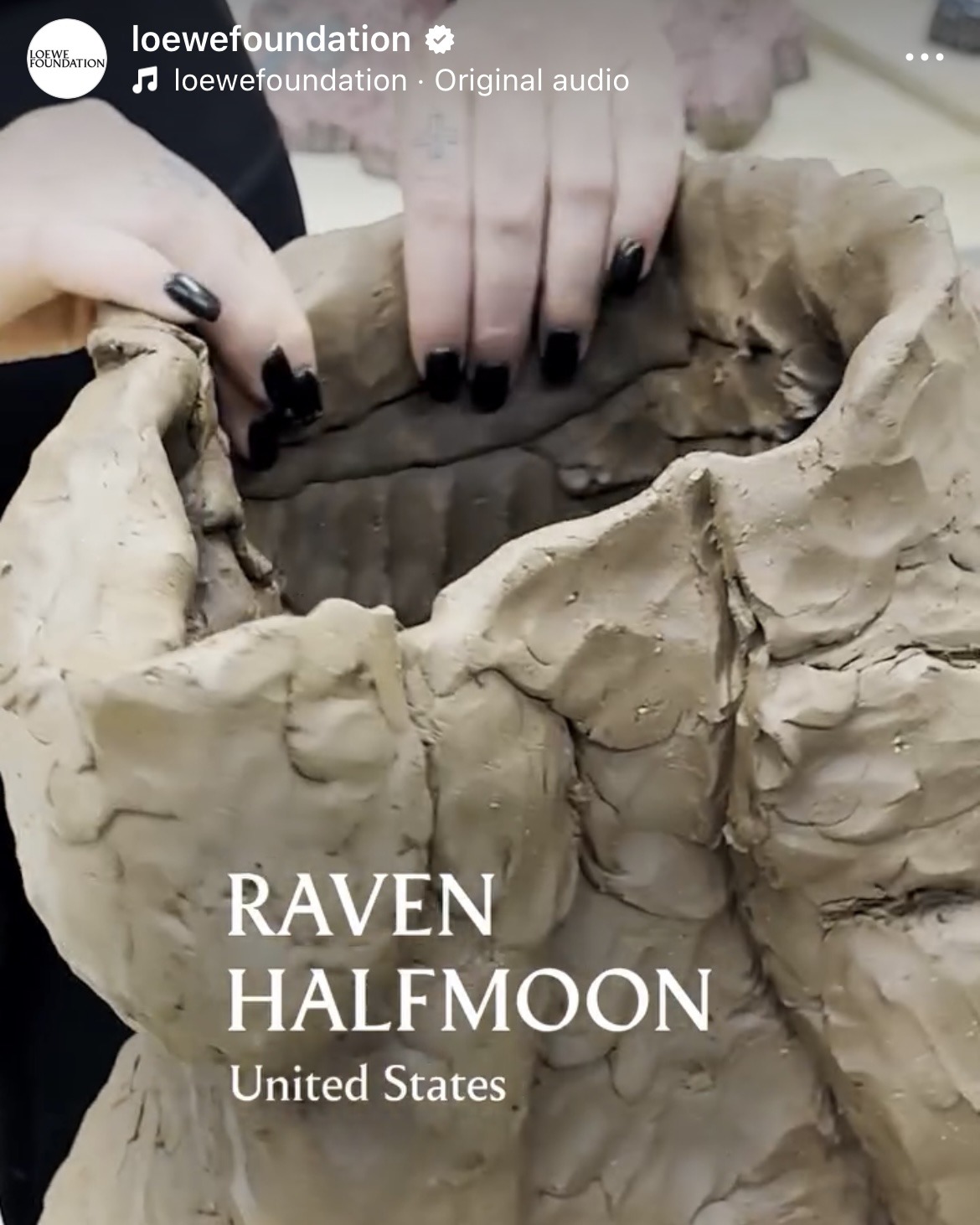

2. Create Transparency around AI in Creative Competitions
AI continues to redefine the creative sector, with more competitions introducing AI-specific categories. However, whilst AI-generated works gain recognition, they have also sparked controversy, particularly when they compete against human-created art.
Organisations need to establish clear guidelines to navigate these challenges, ensuring fairness and inclusivity. This could include processes for verifying authenticity, such as labelling works as “human-certified” or “generated using AI.” These transparent practices will help audiences understand the origins of the work and build trust in its originality.
Intellectual property (IP) will also face increasing challenges. The future of IP will need to evolve, with organisations adapting their competition structures to accommodate both human and AI-generated works.
For example, The North American Mycological Association’s Visual Arts Contest 2024 included a specific category for AI-generated and AI-assisted artwork. Within this category, entrants were required to include the entire written prompt and the AI generator used. The prompt is displayed alongside the image, providing transparency and context for viewers.
Food for Thought: Are you establishing clear guidelines for your competitions to address where the role of AI sits within your creative entries? Check out this AI Policy Template by the Arts Marketing Association for helpful guidance.

3. Creative Initiatives As Solutions To Budget Cuts
In 2025, the economic pressures of tax rises, funding freezes, and rising inflation will significantly impact the creative sector. In the UK, tax hikes and freezes on council funding will force many public bodies to operate with even fewer resources. This will create significant challenges for organisations, which will have to find more efficient ways to run initiatives while continuing to deliver valuable opportunities.
Organisations will need to explore automation to reduce administrative costs, streamlining their processes while maintaining high-quality offerings. Additionally, many arts organisations will look to monetise their existing assets, such as their spaces and networks, by creating awards and competitions. These initiatives will not only generate revenue but also fulfil their obligations to stakeholders. Download our guide on monetising your awards to get started.
While opportunities with fees may become more common, organisations will need to make a compelling case for the value of their offerings, ensuring that costs are justified by the quality and impact of the opportunities.
For example, the Sequestered Prize launched during COVID with a £10 entry fee, allocating 10% to charity, 10% to exhibition costs, and the remainder to the artist. This model supported creatives, invigorated the art market, and showcased community solidarity.
Food for Thought: How can your organisation balance the need for revenue generation with maintaining the integrity and accessibility of your opportunities?
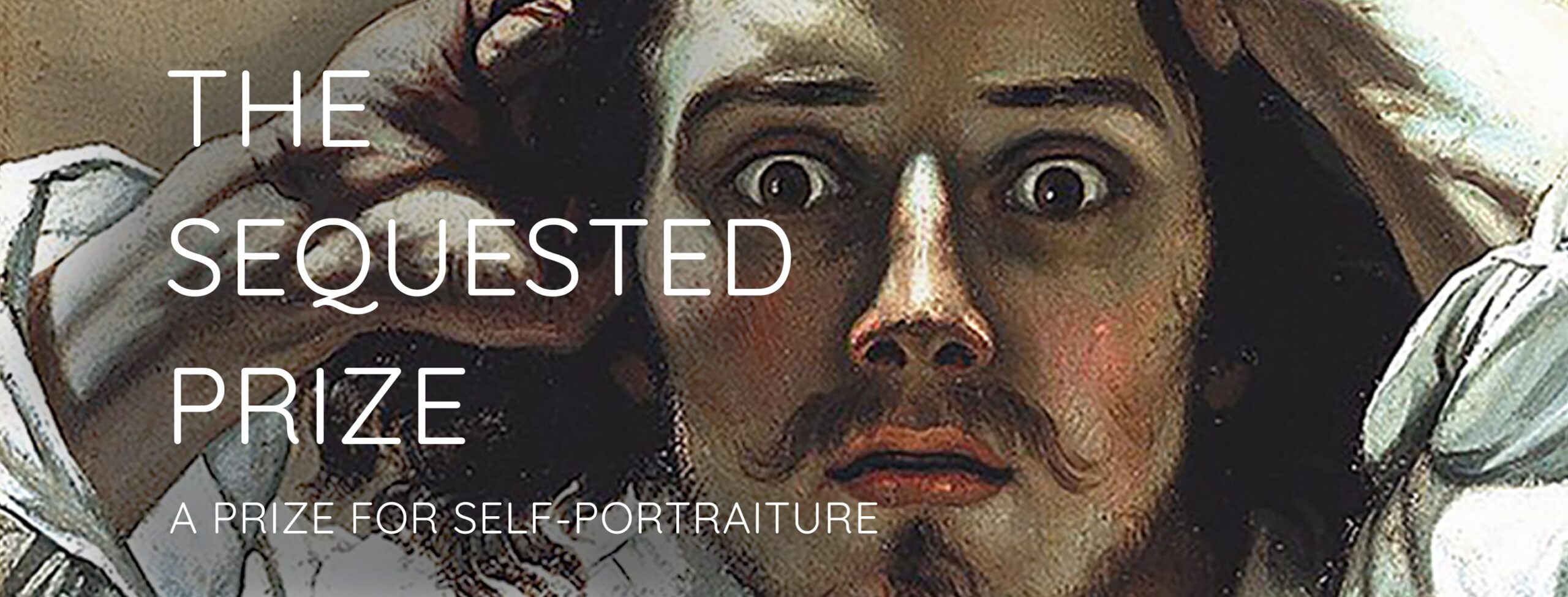
4. Networking Over Opportunism
Creatives are becoming increasingly selective, focusing on opportunities that reflect their values and support their long-term goals rather than pursuing every open call. Networking and community-building within these opportunities are becoming vital.
To meet this shift, organisations must create programmes that encourage meaningful connections. Initiatives with mentorship awards, peer-led workshops, and collaborative projects can help build these networks. By offering these rewards in addition to payment, organisations not only address the evolving needs of creatives but also cultivate stronger loyalty and engagement from their community.
For example, New Contemporaries offers an annual artist development programme that includes mentorship opportunities, networking events, and exhibition opportunities, creating meaningful connections. Continued professional development is supported through alumni-only open calls, building loyalty within their creative community.
Food for Thought: How do your opportunities build meaningful connections and long-term engagement with your community?
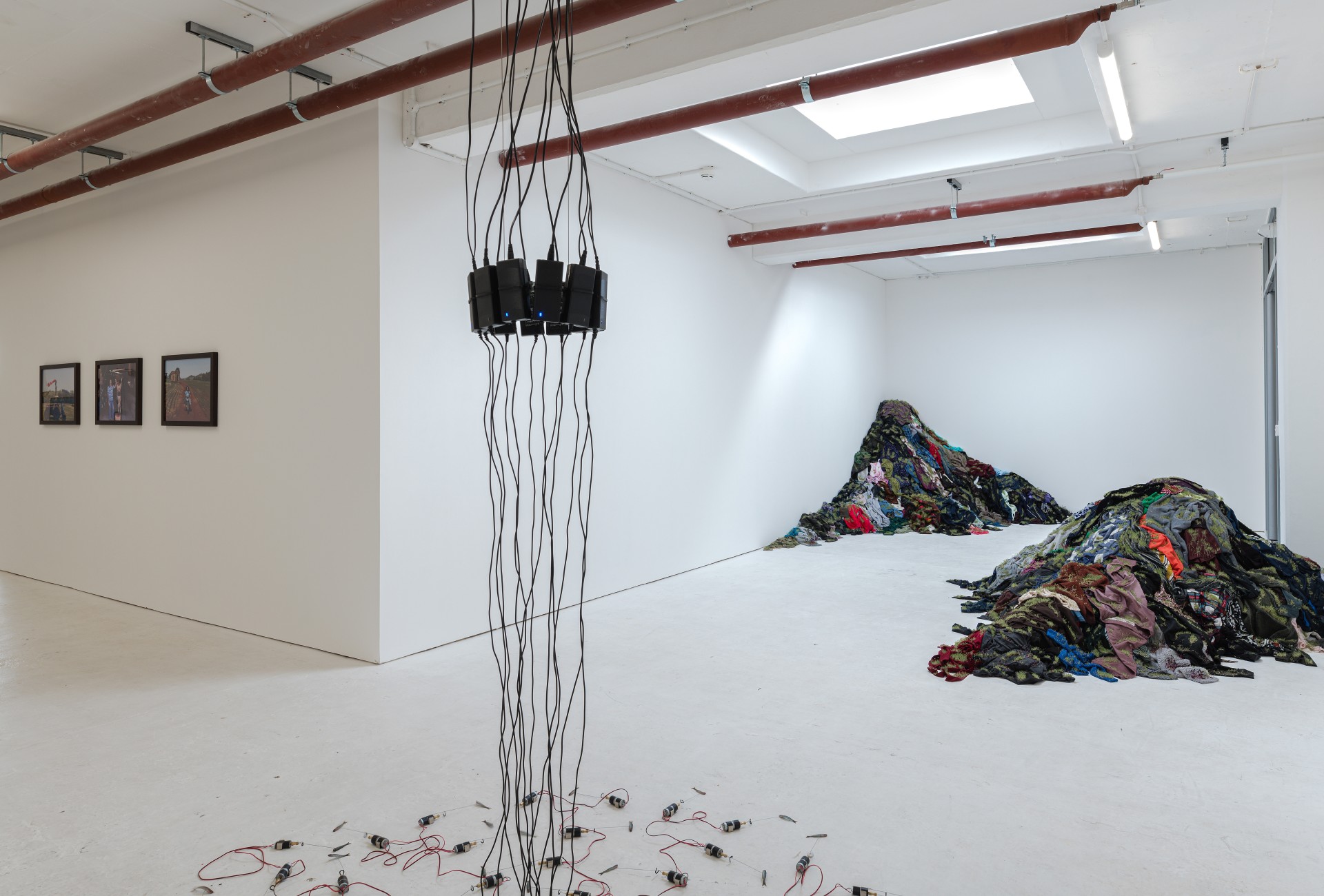
5. Collaboration as a Survival Strategy
In the face of funding cuts, co-created opportunities will become a lifeline for many organisations. By pooling resources and expertise, organisations can continue offering valuable rewards while reducing costs.
This trend also reflects the creative sector’s increasing focus on community-driven initiatives. Expect to see more cross-organisational partnerships that not only sustain opportunities, but also build robust networks for participants.
For example, The Syllabus VII open call in 2024 is a collaboration between seven creative organisations—Wysing Arts Centre, Eastside Projects, New Art Exchange, PS2, Spike Island, Studio Voltaire, and TACO. This demonstrates that there are no limits to the number of collaborators needed to run a successful initiative, highlighting the power of collective effort in sustaining impactful opportunities.
Food for Thought: How can your organisation collaborate with others (e.g. councils, other arts organisations, local businesses) to create more sustainable, community-driven opportunities that benefit both participants and your network?
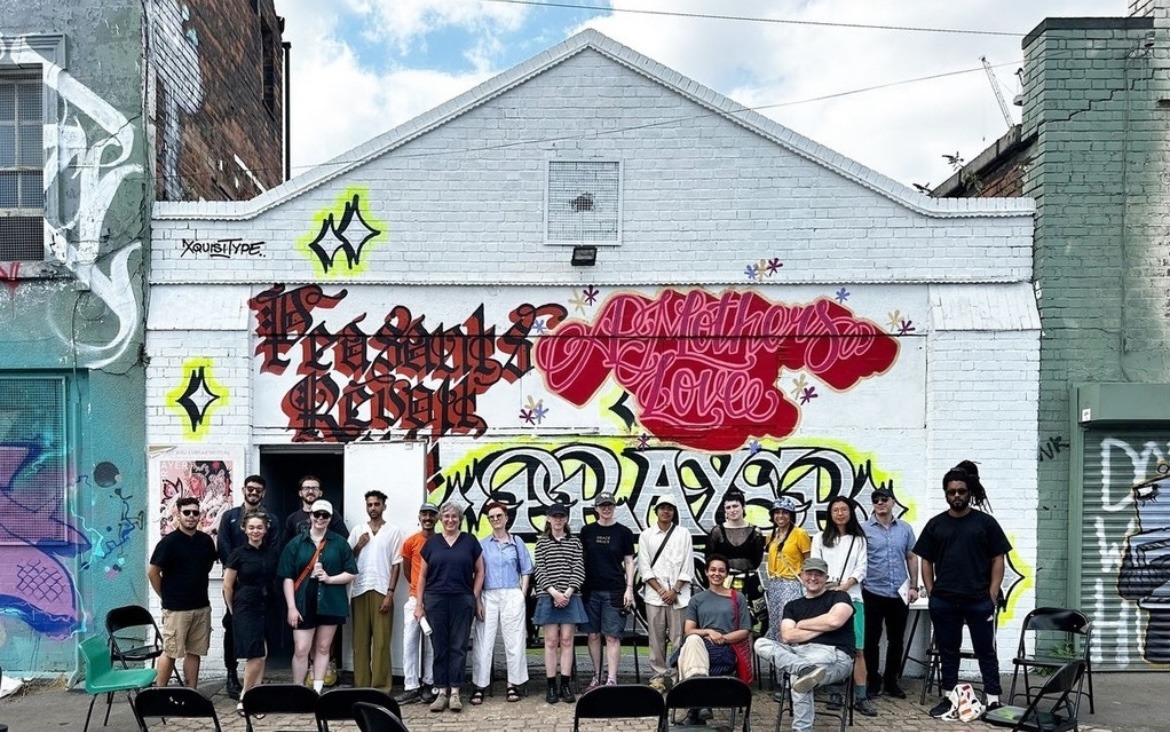
6. Creatives Taking the Lead
During economic challenges, creatives often rise to the occasion, crafting their own opportunities and redefining the opportunities landscape. From grassroots awards to self-organised exhibitions and digital showcases, the sector will witness an increasing surge in creator-led initiatives.
Creators will take the lead and create their own opportunities for their fellow cohort, leading to a new generation of prizes and platforms. These efforts highlight the resilience and resourcefulness of the creative community, offering a glimpse into a more decentralised future for opportunities.
For example, Artist Polly Bates launched A.R.T. Magazine, creating open calls for creatives to feature their work in print. The magazine is stocked in prominent venues across the UK, including Tate Modern.
Food for Thought: Can your organisation empower creatives to take the lead and create their own opportunities?
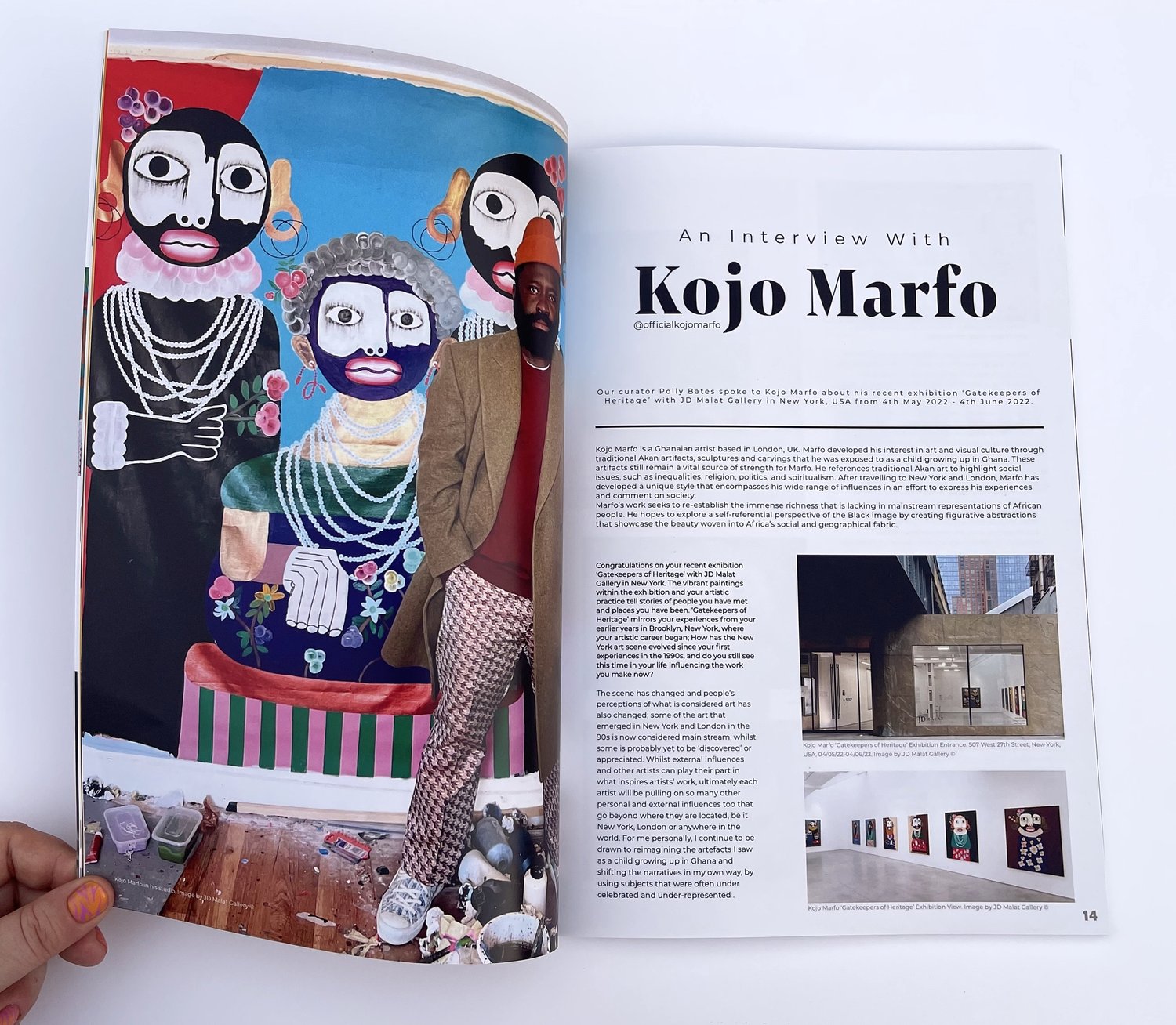
7. Communicating Using Gen Z Humour
We’re seeing more brands embrace Gen Z humour, which leans toward the absurd, ironic, and unconventional—think memes, unexpected scenarios, and a playful rejection of traditional norms. This approach mirrors the boundary-pushing nature of surrealist art, but with a focus on communication styles that tap into trending culture through an engaging and authentic lens.
As brands adopt these Gen Z-inspired techniques to connect with younger audiences, this influence is likely to continue shaping how creative organisations engage with their communities, especially in the context of running opportunities. The use of humour and unconventional communication will not only make opportunities more relatable, but also help organisations stand out in an increasingly saturated market.
For example, Creative Strategy Studio Morning FYI incorporated entertaining memes into their morning people fund announcement, engaging their audience while also delivering important information in a lighthearted and relatable way.
Food for Thought: Are you combining creative trends with strong principles to create opportunities that truly resonate with your audience? Discover more on how to maximise engagement for your open call here.
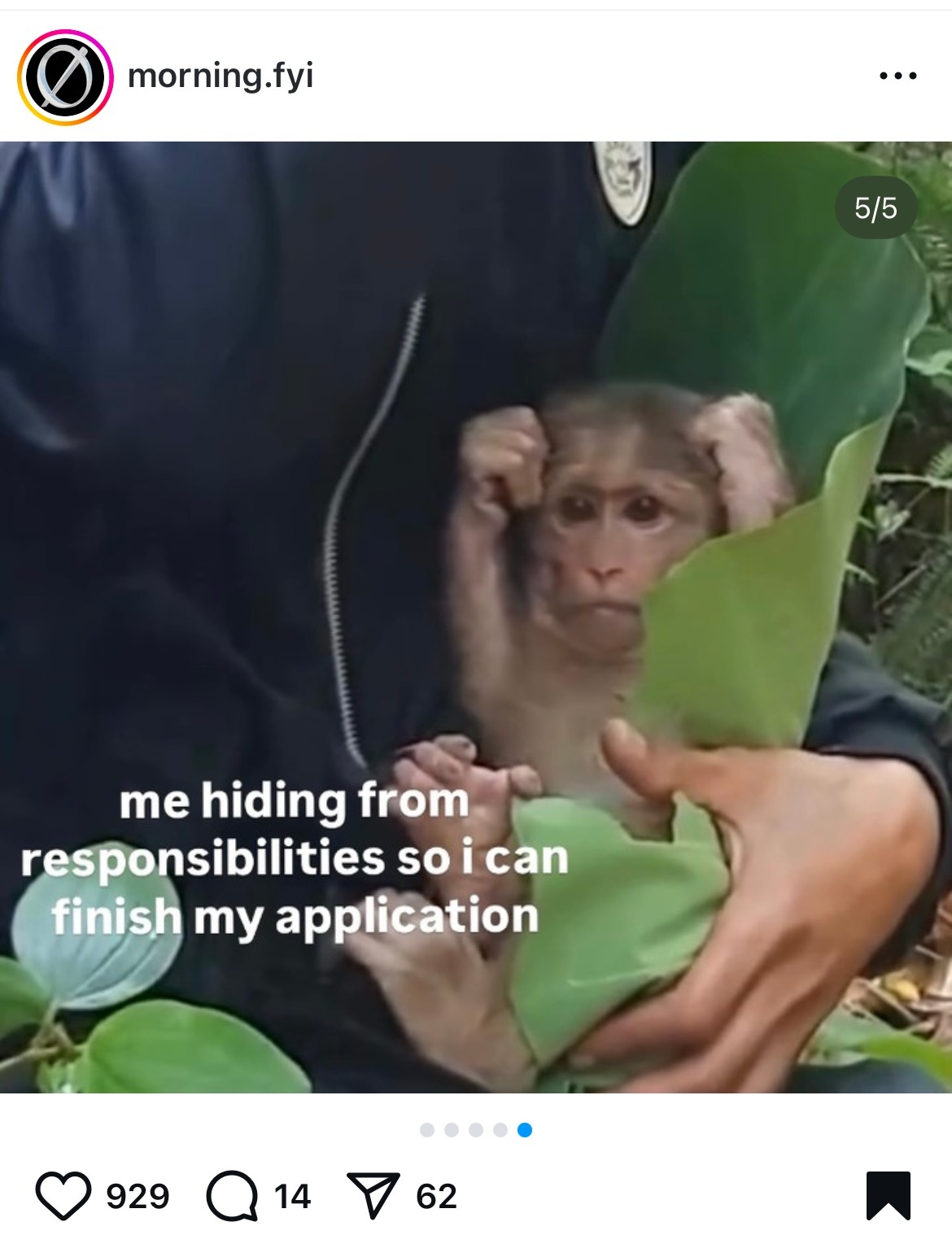
8. Virtual Events on the Rise
While in-person events have had their comeback, virtual events continue to hold their ground as the underdog. Hybrid formats—blending physical and virtual experiences—are becoming increasingly common, allowing organisations to reach broader audiences while optimising costs. More virtual events will be held to celebrate internal talent or partner organisations, creating opportunities for engagement that transcend geographic boundaries.
The virtual events industry is projected to grow 19.7% during 2025-2033, while the non-virtual events industry is expected to grow 11.5% during the same period (according to GlobeNewswire). This highlights the ongoing importance of virtual events, even as in-person gatherings increase.
For example, The EVA London 2024: Lumen Prize Evening brought together artists and audiences in a hybrid format, enabling both in-person and virtual participation, ensuring broader access and engagement.
Food for Thought: Can new virtual and hybrid events enhance engagement with your community?
The Common Thread
Through all these predictions, one thing is clear: the power of community, transparency, and networks will remain a top priority.
What strategies will you use to create opportunities that truly matter in 2025?
